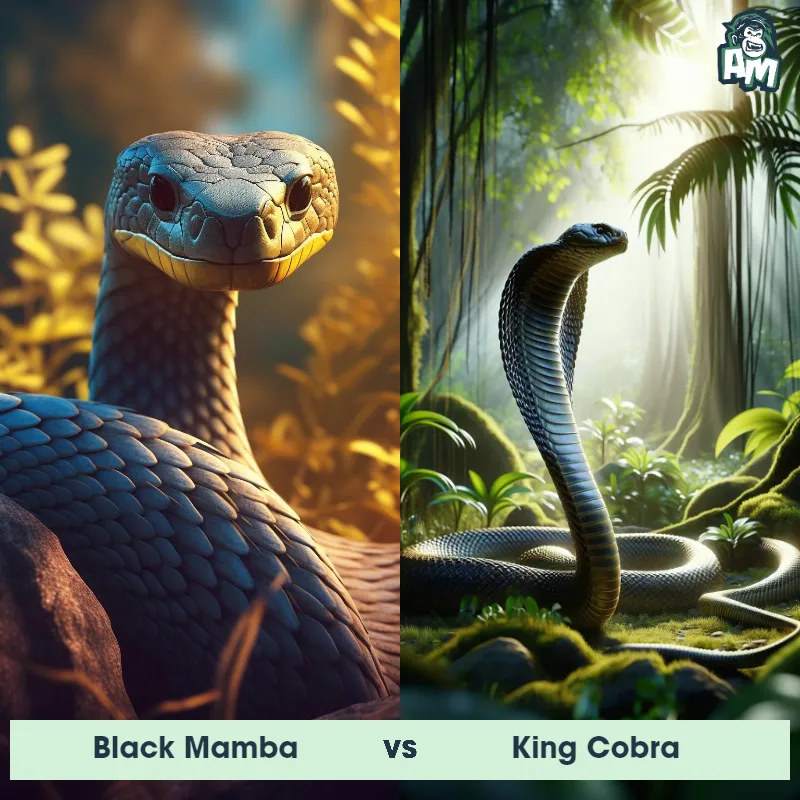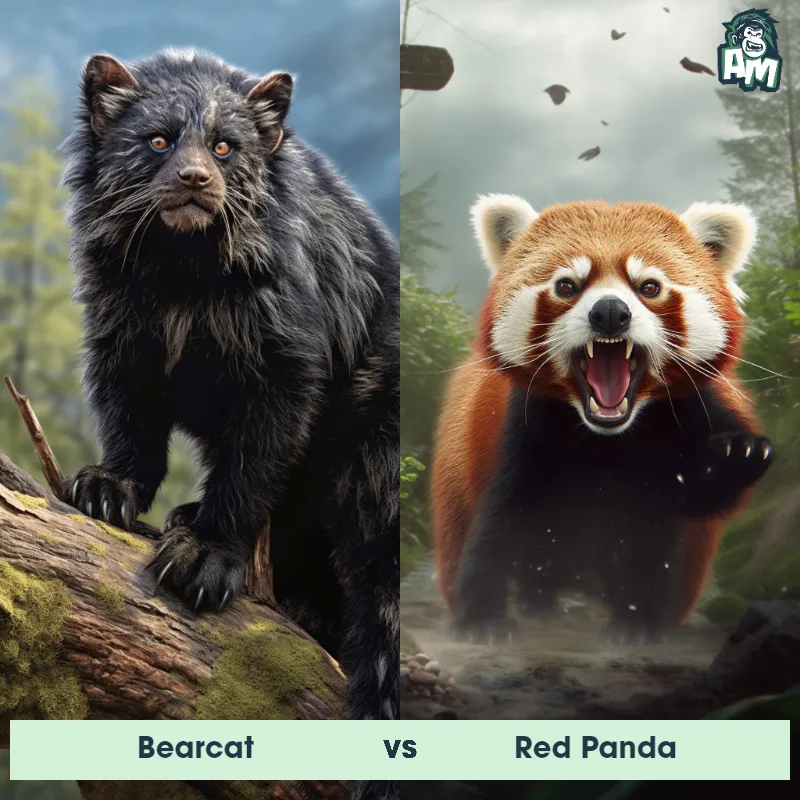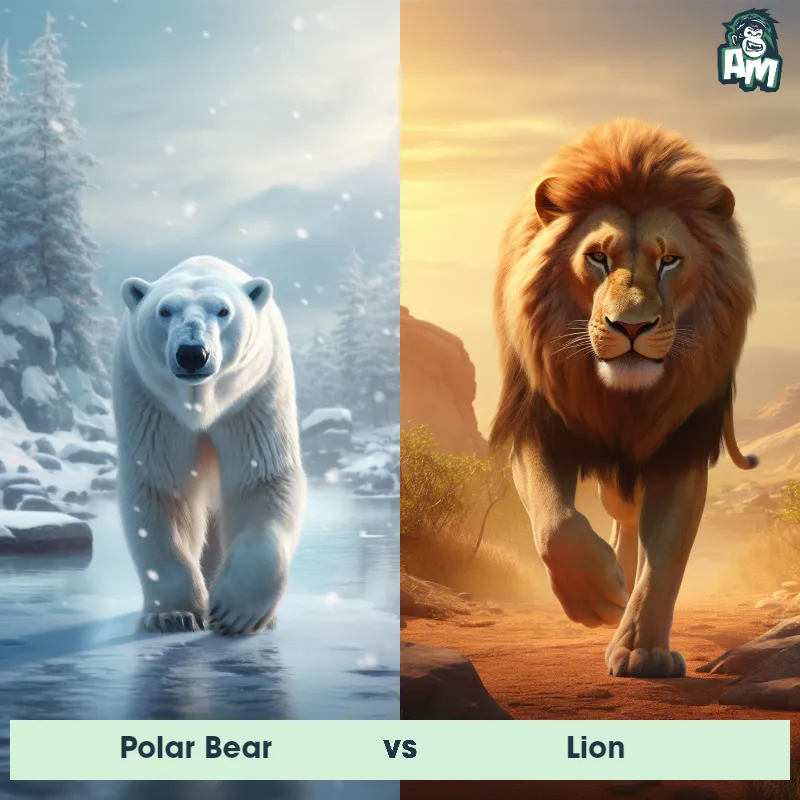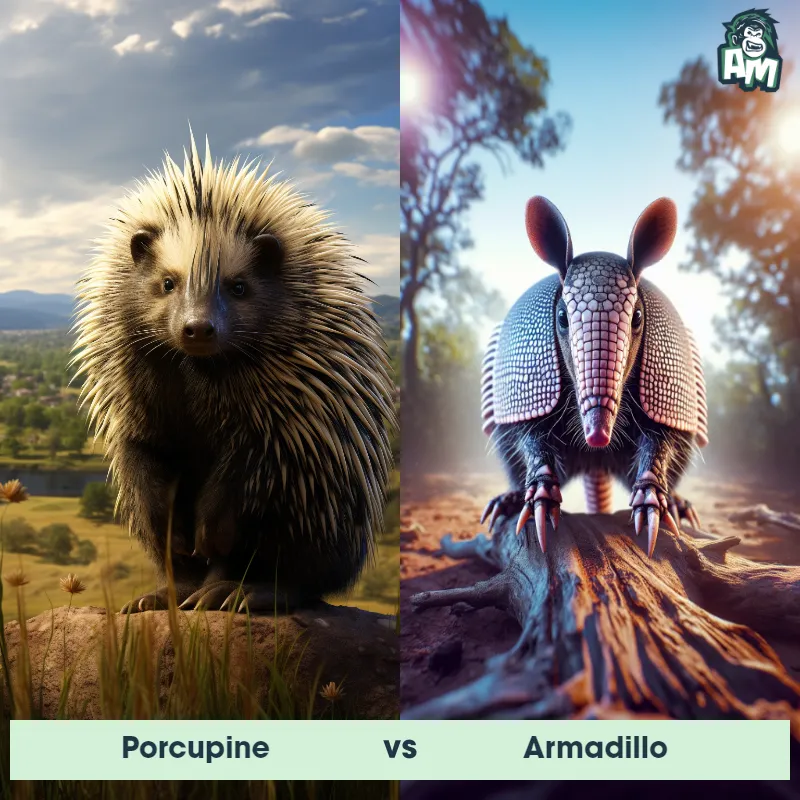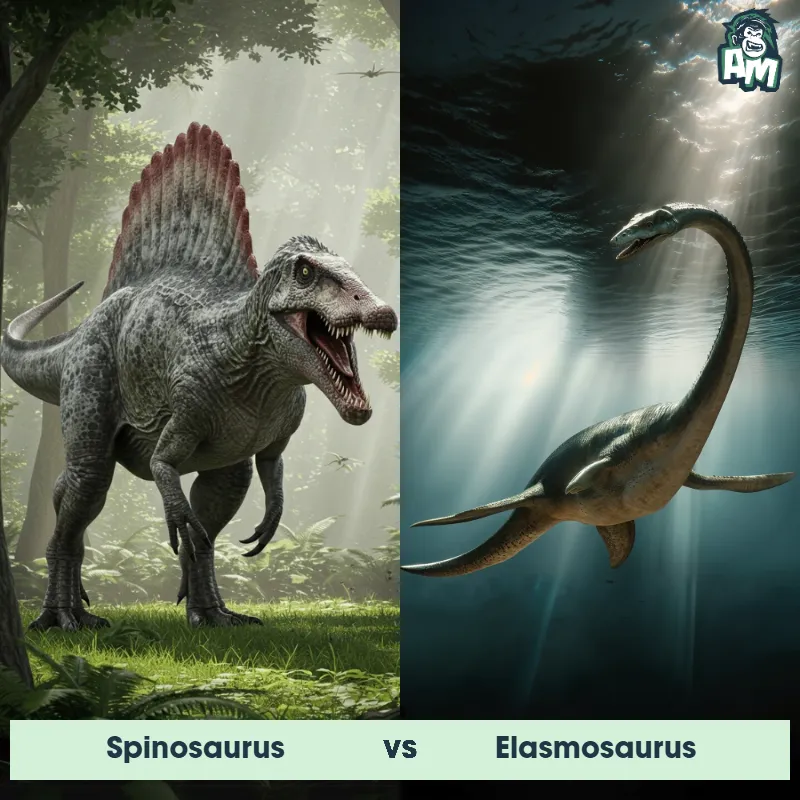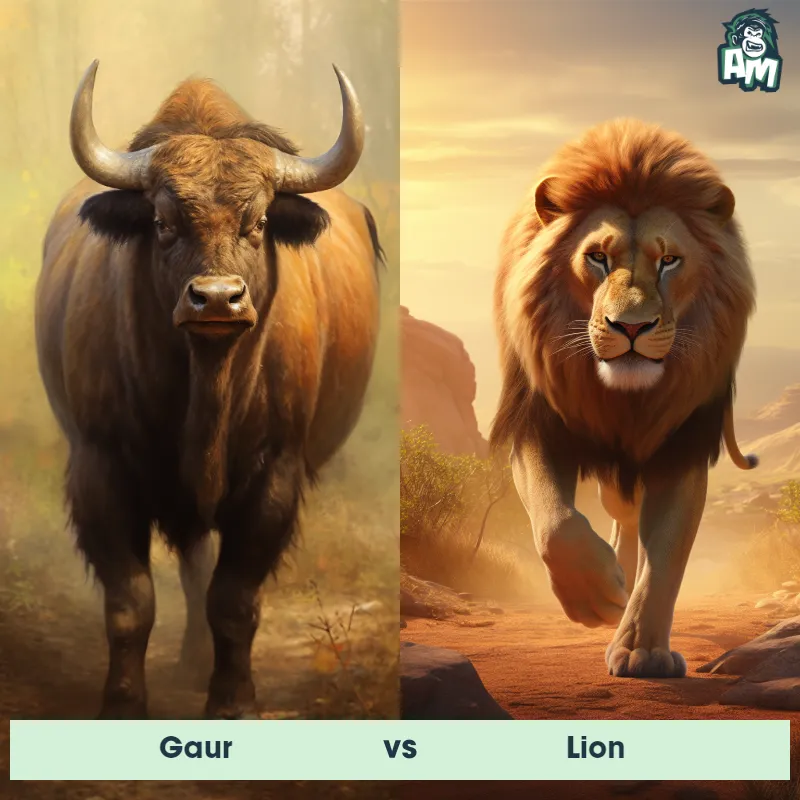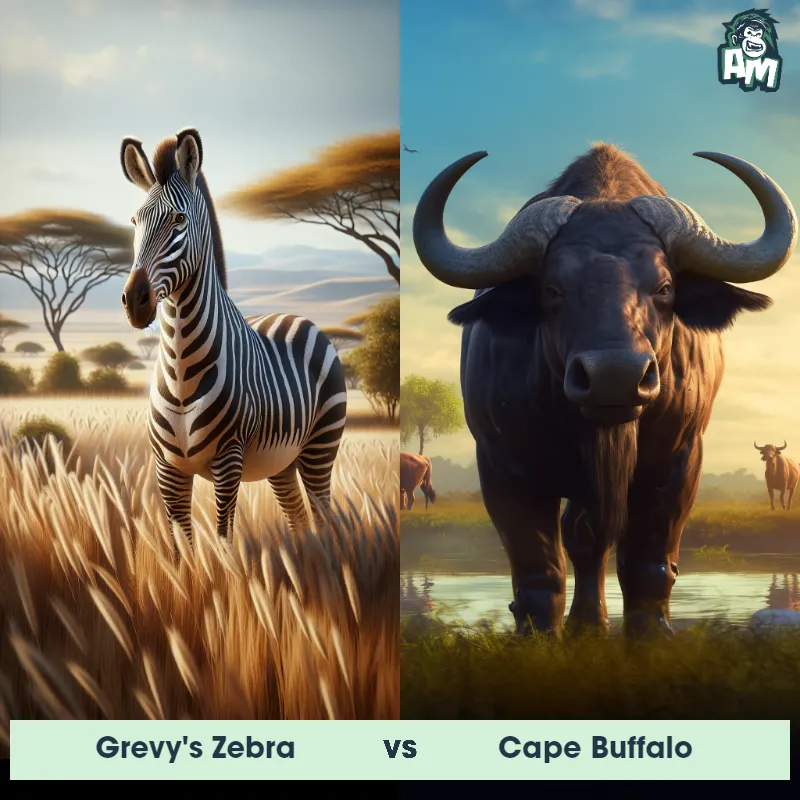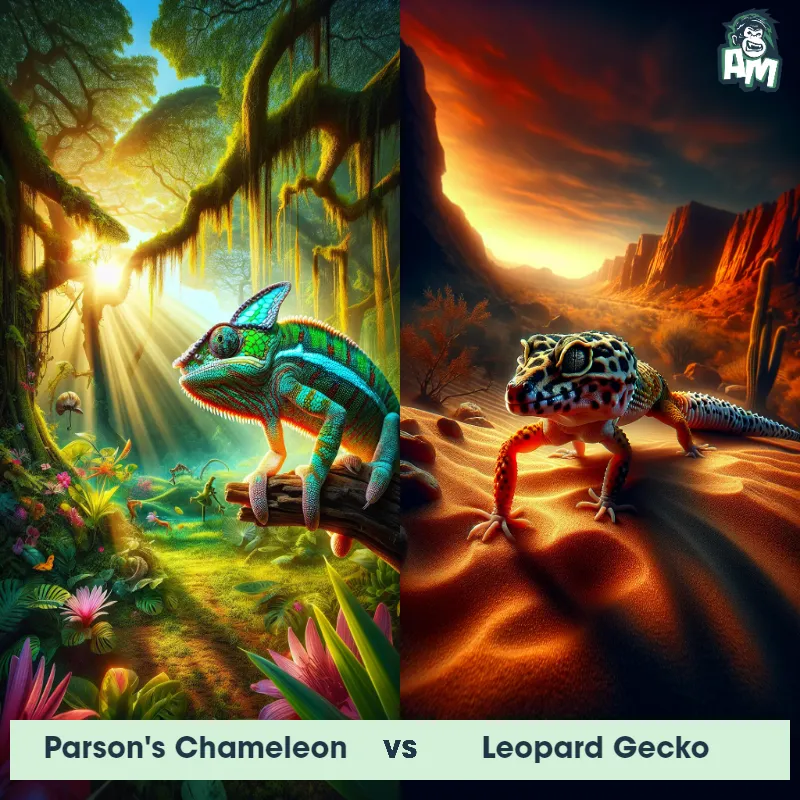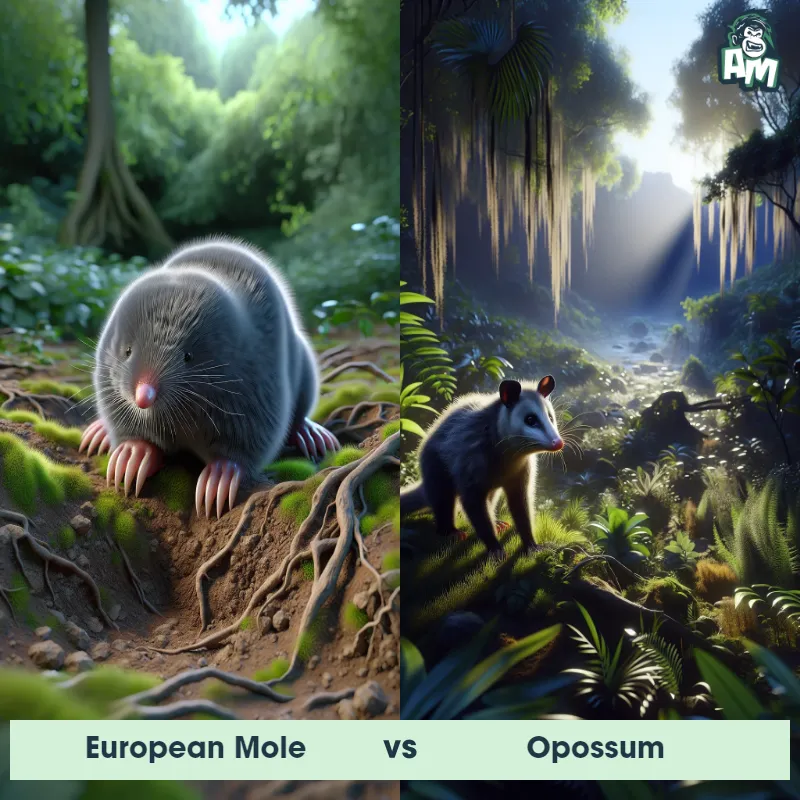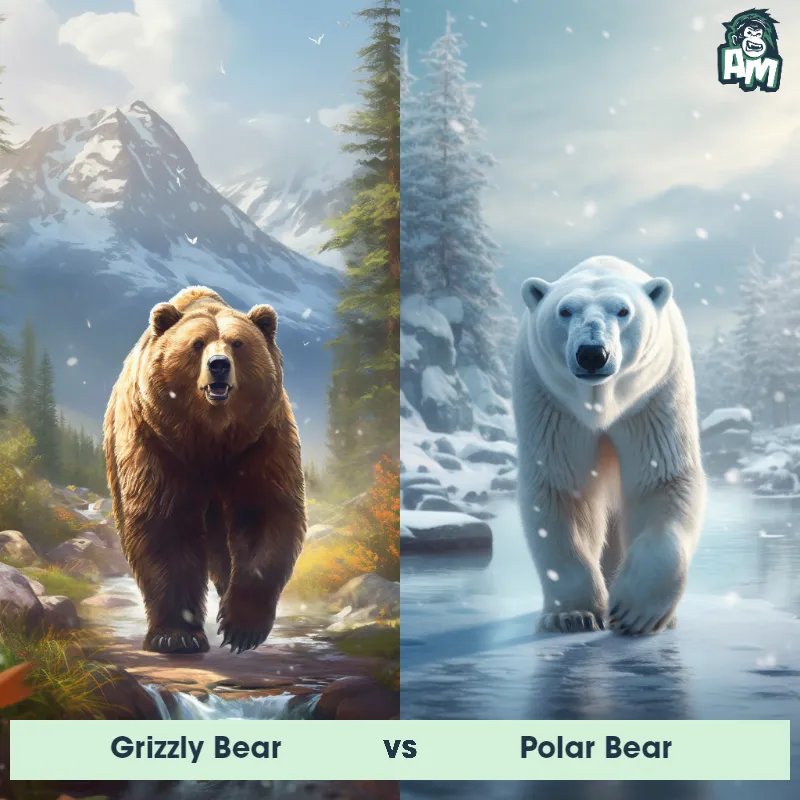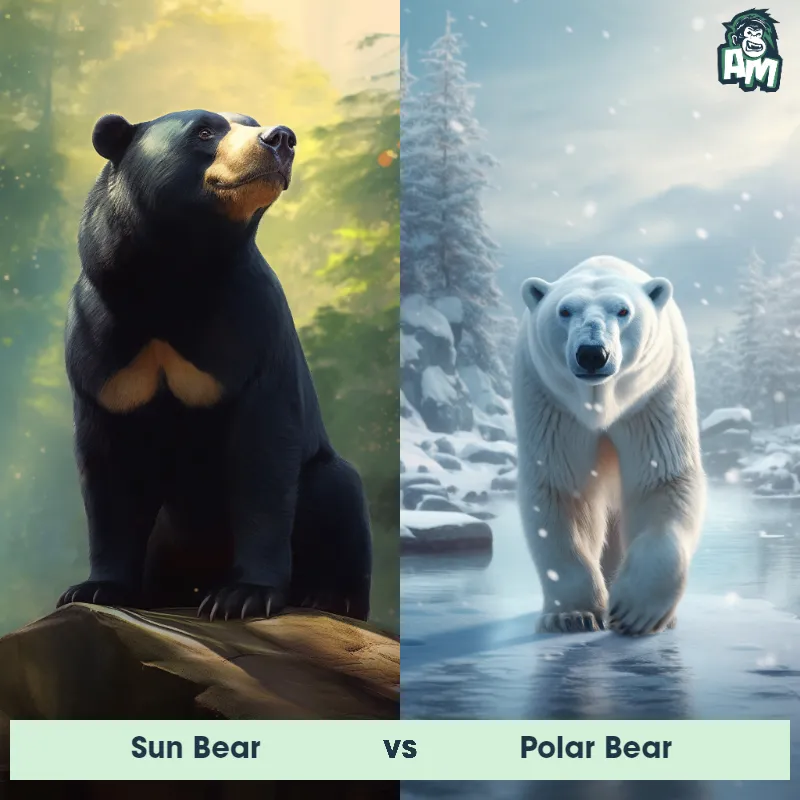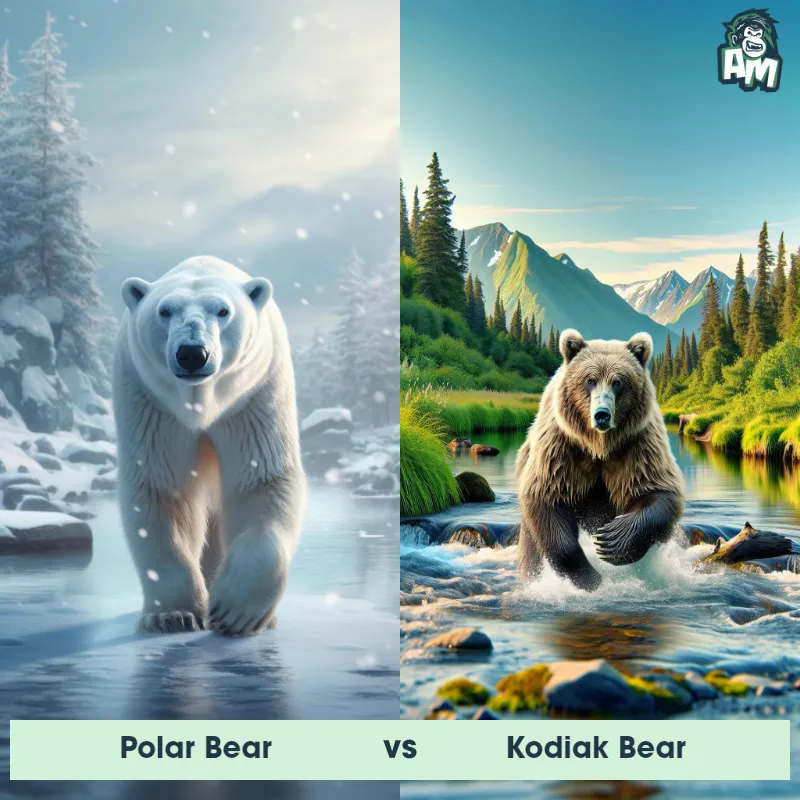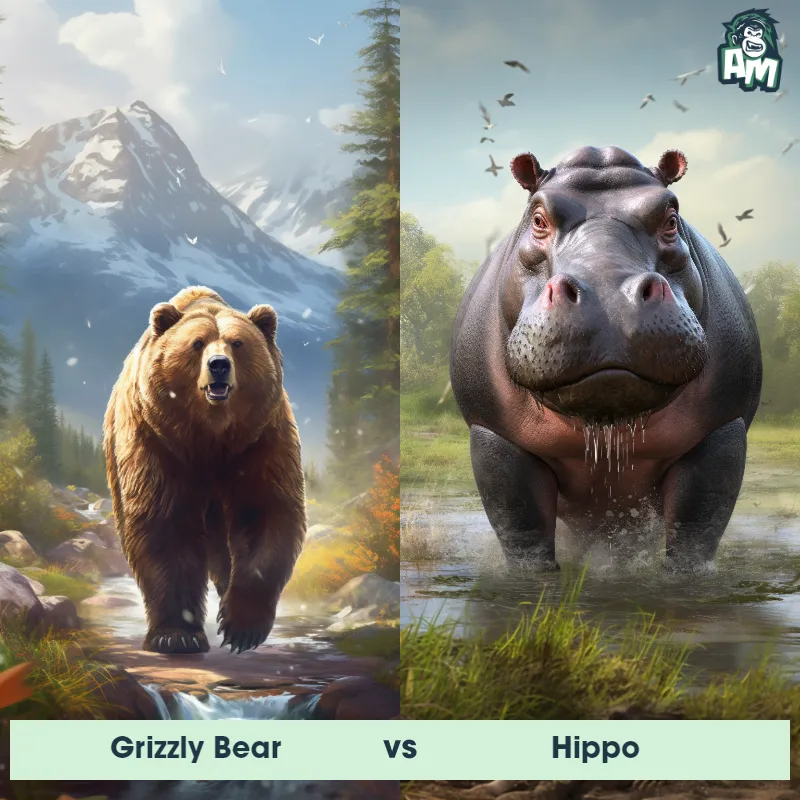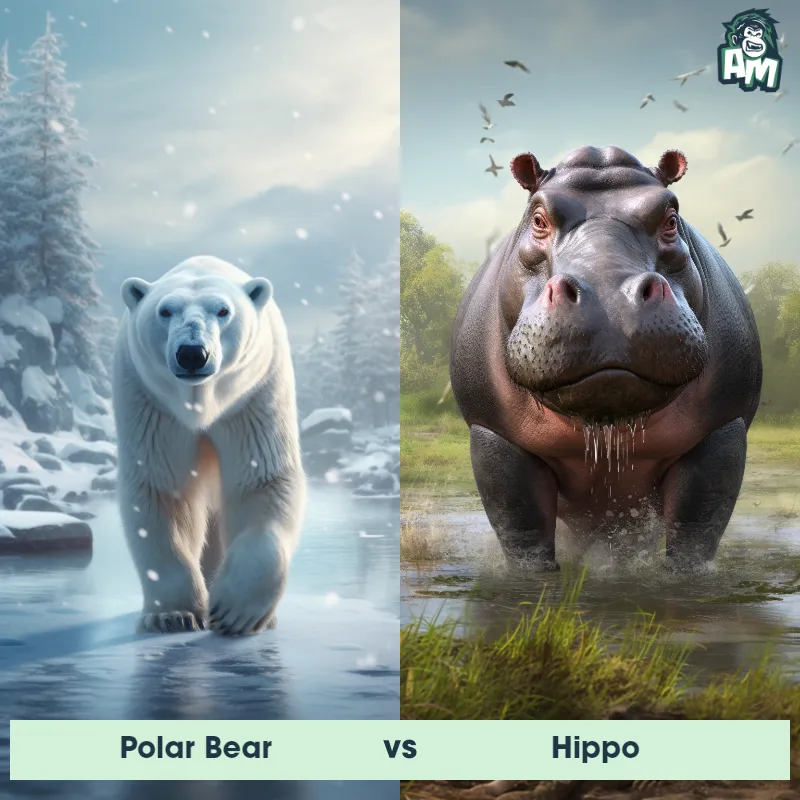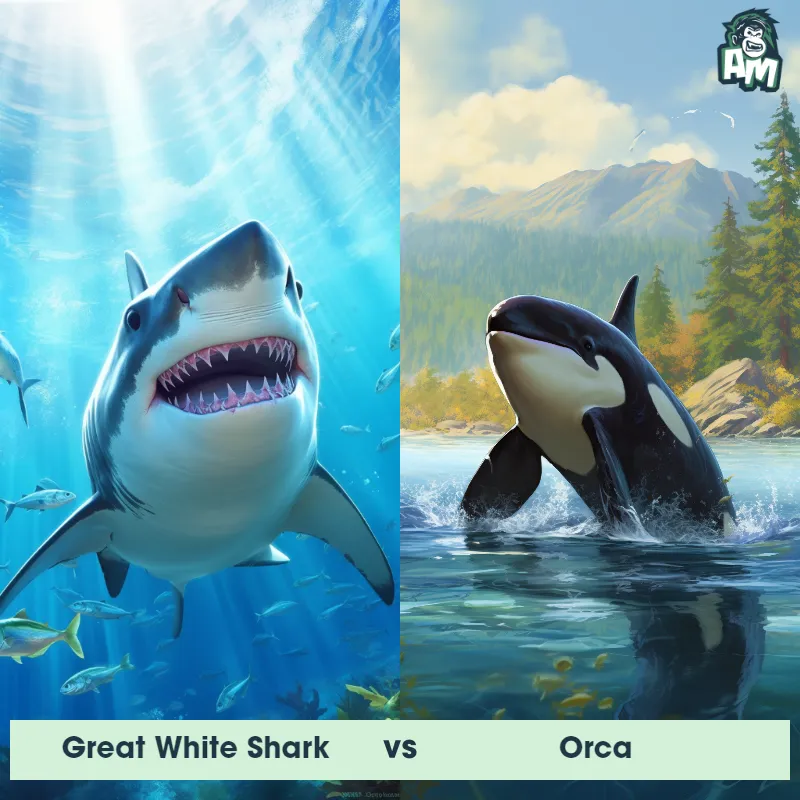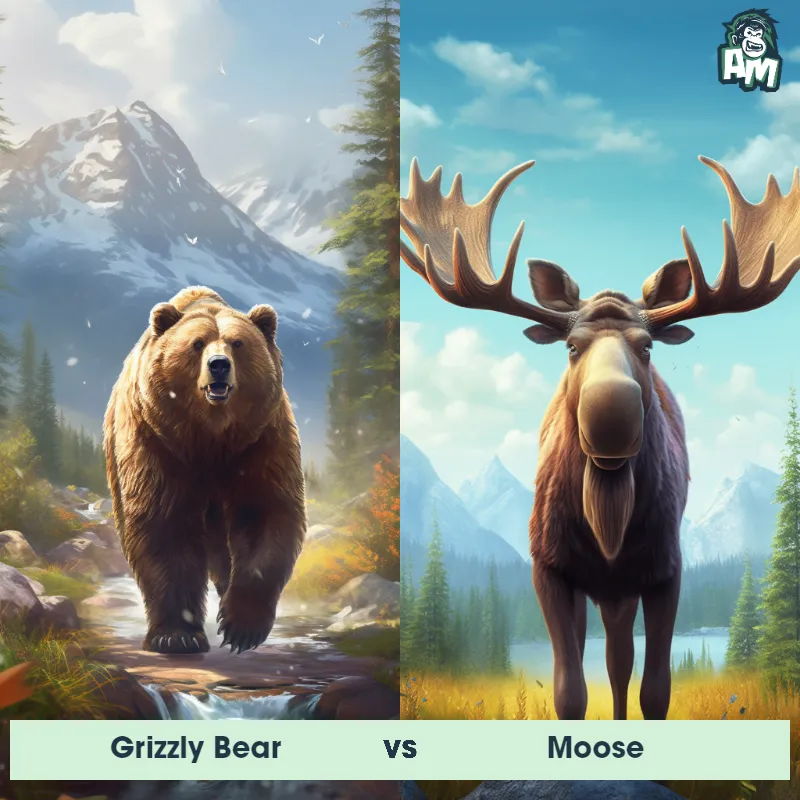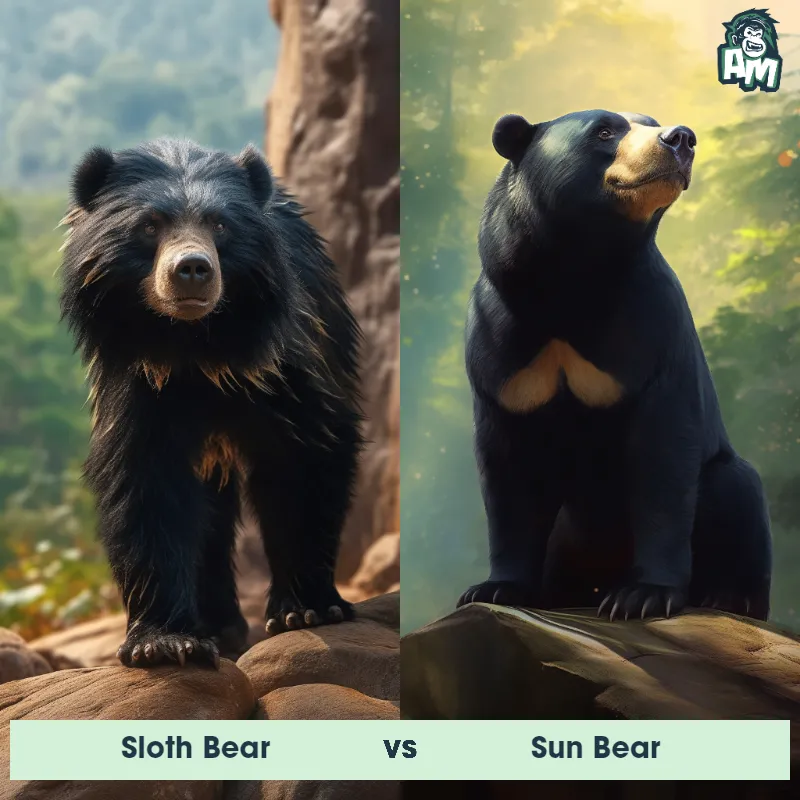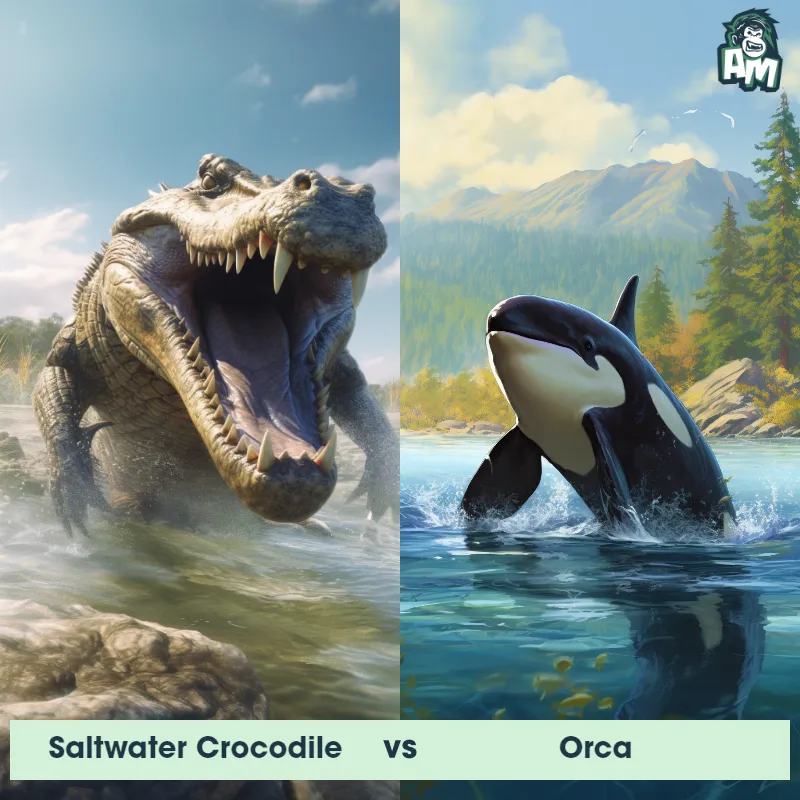Polar Bear vs OrcaSee Who Wins

Ladies and gentlemen, welcome to this extraordinary showdown between two titans of the Arctic kingdom! We find ourselves in the heart of nature, witnessing a jaw-dropping face-off between a massive Polar Bear and an awe-inspiring Orca. These immense creatures are about to engage in an epic three-round bout like no other. The crowd is on the edge of their seats, eagerly awaiting the start of this fierce battle. Let's see how this thrilling clash unfolds!
Contender 1: Polar Bear
The Polar Bear, also known as the Ursus maritimus, is a large carnivorous mammal that inhabits the Arctic region. They have a thick white fur coat that helps them blend in with their snowy surroundings, and their large paws are equipped with sharp claws that allow them to grip onto ice and catch prey. Polar Bears are excellent swimmers and can swim for long distances in search of food. They are also known for their incredible sense of smell, which they use to detect prey from miles away.
![[object Object] Gif](https://tenor.com/view/fight-mission-critical-nat-geo-wild-scuffle-brawl-gif-20524033.gif)
Fun Fact: Polar Bears have a layer of fat that can be up to 4.5 inches thick, which helps them stay warm in the frigid Arctic temperatures.
Contender 2: Orca
The Orca, or killer whale, is a toothed whale belonging to the oceanic dolphin family. Known for their distinctive black-and-white coloration, orcas are among the most powerful predators on Earth. Adult males can grow up to 26 feet long and weigh up to six tons. They have a large dorsal fin, which in males can reach up to 6 feet in height. Orcas are found in oceans all over the world but are most common in the Arctic and the Antarctic. Their diet is diverse, including fish, seals, and even other whales.
Fun Fact: Orcas have a complex social structure, living in tight-knit family groups known as pods, and they are known to exhibit behaviors such as teaching, learning, cooperation, and grieving.
Matchup Stats
| Polar Bear | Orca | |
|---|---|---|
| Size | 8-10 feet (2.4-3 meters) | Up to 26 feet long (7.9 meters) |
| Weight | 900-1,600 pounds (408-725 kilograms) | Up to 6 tons (5,443 kilograms) |
| Speed | Speed: 25 mph (40 km/hr) | 35mph (56km/h) |
| Key Strength | Powerful jaws and sharp claws | Powerful predator with strong jaws and sharp teeth |
| Biggest Weakness | Slow movement on land | Limited mobility on land |
Current Votes
Polar Bear vs Orca
See Who Wins
View More Matches
Looking For More?
Similar Matches
Scientific Stats
| Polar Bear | Orca | |
|---|---|---|
| Scientific Name | Ursus maritimus | Orcinus orca |
| Family | Ursidae | Delphinidae |
| Habitat | Arctic region | Oceans worldwide |
| Geography | Arctic Circle | Global, most common in Arctic and Antarctic |
| Diet | Carnivorous, primarily seals | Fish, seals, and other whales |
| Lifespan | 20 years - 30 years | 50 years - 80 years |
Key Differences between Polar Bear and Orca
- Body Shape: Polar Bears have a stocky build, with a round head, small eyes, and a powerful neck and shoulders, designed for swimming and hunting on ice, while Orcas have a streamlined body, a prominent dorsal fin, and a long, sleek shape, ideal for life in the water.
- Appendages: Polar Bears have large, powerful claws adapted for digging and gripping on ice, whereas Orcas have large, paddle-like flippers attached to their bodies that enable them to swim and maneuver with agility.
- Coloration: Polar Bears have a white or creamy fur coat, which provides excellent camouflage in their Arctic habitat, whereas Orcas have a distinctive black and white coloration, with a black back and white underbelly.
- Size: Polar Bears are much larger than Orcas, with adult males reaching lengths of up to 10 feet and weighing between 900 to 1600 pounds, while Orcas can grow to be 23 to 32 feet long and weigh up to 12,000 pounds.
- Dentition: Polar Bears possess sharp, curved incisors and canines to tear apart their prey, in addition to strong molars for crushing bones, while Orcas are known for their numerous interlocking conical teeth, which are highly effective in grasping and ripping apart their prey.
- Facial Features: Polar Bears have a relatively short snout and round, black eyes, whereas Orcas have a more elongated, pointed snout and slightly oblique eyes.




